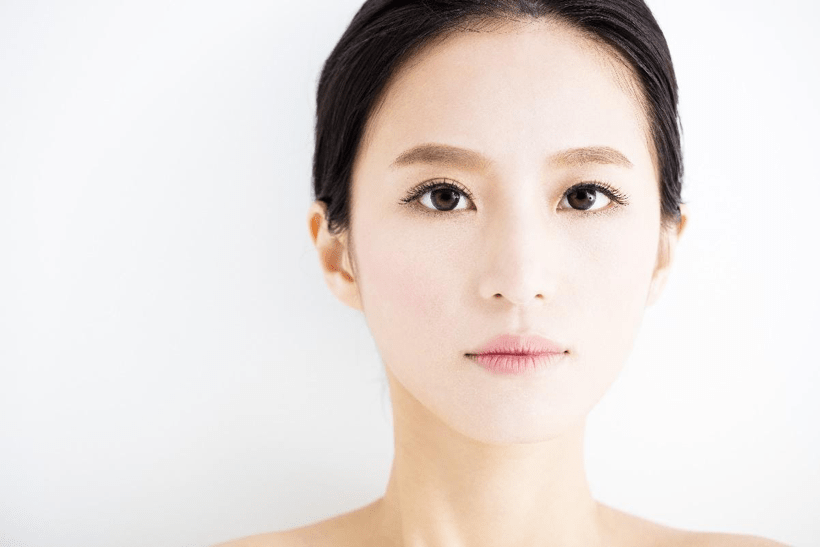Lower blepharoplasty can be the answer to a problem many people feel they suffer from, under-eye bags. This procedure has risen in popularity due to the anti-aging benefits it brings. Since the eye area is known to have the thinnest skin in our body, it usually exhibits the first signs of aging. Having sagged and puffy lower eyelids can convey the wrong emotions. It can also show inaccurate physical condition by making you look tired and fatigued even though you had enough rest. Through a lower blepharoplasty surgery, your under eyelids are not only restored in appearance but also in their functionality.

What is Lower Blepharoplasty?
A lower eyelid blepharoplasty, or otherwise called lower eyelid surgery, is a cosmetic procedure that is responsible for rejuvenating the lower eyelid. The procedure is responsible for improving the shape, function, and position through the means of skin, muscle, and fat removal. Anyone who is facing problems regarding their lower eyelids can undergo the procedure, especially if the cause is genetics. This treatment can be performed due to the following reasons:
- To restore youthfulness to the under-eye area
- To enhance the symmetry of asymmetrical lower eyelids
- To tighten the lower eyelid in conjunct with other lower eyelid procedures
- To protect the eyes from dryness and other nerve paralysis problems
Benefits of Lower Blepharoplasty
According to the American Society for Aesthetic Plastic Surgery, blepharoplasty was among the top cosmetic procedures done in the US in 2018. This would not have been possible if not for the benefits that the procedure can offer. Some of the benefits include the following:
- It restores the youthfulness of the eyes as well as the face as a whole
- It lessens or eliminates the look of fatigue allowing you to look healthier
- Enhances the elasticity of the skin in the lower eyelid
- Removes wrinkles and excess lower eyelid skin
- Increase in self-confidence
- Gets rid of puffiness and dark circles in the under-eye
Lower Blepharoplasty procedure
Lower blepharoplasty procedures are performed in the duration of 45 minutes to an hour. Depending on the patient’s case, the procedure can be paired with another eyelid treatment. It is common for lower eyelid surgery to be paired with upper eyelid surgery since when both are done together, it maintains the symmetry of the eyes. Local anesthesia is used for this surgery, and the patient is required to stay in the clinic for about 1-1.5 hours after the procedure for additional after-treatment medications and observation. It takes 3-4 weeks for the surgery area to look normal, while the full set will take place within 6-9 months from the day of the surgery. Below are the steps of a lower blepharoplasty surgery:

- Your doctor will first show you the possible results of the procedure, taking into consideration the degree of sagging and shape of the lower eyelid fat.
- They then create a line or grid on your lower eyelid, which will serve as a guide throughout the procedure.
- They then make an incision inside the lower eyelid to gain access to the underlying fats and muscles.
- Once they have created the incisions, the doctor will start removing the excess fats.
- If there is excess skin, they remove this as well to make sure that the remaining skin has good elasticity and will not sag sooner than expected.
- When all excess fats and skins have been eliminated or repositioned, they will stitch the incisions making sure that the lower eyelid skin is tightened. This results in a more youthful looking under the eye.
Lower Blepharoplasty Recovery
Right after the procedure and for one to two weeks, you may experience swelling, bruising, soreness, and tightness in your lower eyelid. You may or may not have a bandage in your eyes because of the new techniques’ plastic surgeons use that eliminates the need for an eye bandage after you have the surgery. If you are experiencing pain, inform your doctor so that they can prescribe you with oral pain medication to ease the discomfort. Before you leave the clinic or hospital, they will also teach you the proper way of applying a cold compress to your eye area to ease swelling. You will also be given eye drops, which you will administer several times a day. Other instructions your doctor may give you which you should strictly follow are:
- Looking after yourself by eating a well-balanced diet and getting adequate rest while you are recovering
- Avoid strenuous activities while your lower eyelid is still healing
- Clean and protect your incisions based on your doctor’s instructions
- Sleep with your head elevated
- Protect your lower eyelids by using sunscreen and dark sunglasses when you know you are going to be exposed to the sun
- Avoid bending for four weeks after you had the surgery to prevent a sudden increase in blood supply to your face
- Maintain a healthy and stable weight by eating right and getting enough exercise once your eyelids have completely healed
Lower Blepharoplasty Before and After
Undergoing a lower blepharoplasty can be life-changing because of the boost in self-esteem that it brings. Its results are guaranteed to make the under eyelids smoother, and more youthful. It can also restore elasticity to the eyelid skin, which can last long with proper care. From the pictures of the patients in the before and after pictures below, it is evident that a lower blepharoplasty has fixed their problems with their under-eye bags and dark circles. You could also see that this procedure is not only meant for individuals who are in their prime age but can also be performed on younger patients.

 Lower blepharoplasty is an anti-aging cosmetic procedure that can rejuvenate the lower eyelids and the under-eye area. It is not only for people in their forties or older but also for those who are younger. The most noteworthy benefits you can get from this procedure is that it can improve your self-esteem and make you look youthful at the same time. The procedure may be a bit invasive, and the recovery can take a month, but the results are promising for someone who has been struggling with the appearance of their lower eyelids. For a stress-free, successful, and safe lower blepharoplasty surgery, make sure that you have it performed by a board-certified plastic surgeon who has had many experiences with blepharoplasty procedures. For the top clinics and doctors in South Korea, you may contact Seoul Guide Medical through our website and let us be a part of your journey to a better appearance.
Lower blepharoplasty is an anti-aging cosmetic procedure that can rejuvenate the lower eyelids and the under-eye area. It is not only for people in their forties or older but also for those who are younger. The most noteworthy benefits you can get from this procedure is that it can improve your self-esteem and make you look youthful at the same time. The procedure may be a bit invasive, and the recovery can take a month, but the results are promising for someone who has been struggling with the appearance of their lower eyelids. For a stress-free, successful, and safe lower blepharoplasty surgery, make sure that you have it performed by a board-certified plastic surgeon who has had many experiences with blepharoplasty procedures. For the top clinics and doctors in South Korea, you may contact Seoul Guide Medical through our website and let us be a part of your journey to a better appearance.
FAQ :
For whom is Lower Blepharoplasty most recommended?
A lower blepharoplasty procedure can be done on anyone who is having appearance and functionality issues with their lower eyelids. To be specific, the following are those who are mostly recommended to have the procedure: Those who look tired and fatigued because of the unappealing appearance of the under-eye Those who have puffy under eyes Those who think they look older because of puffiness under the eyes Those whose self-esteem is being dragged down because of their under-eye appearance Those who are healthy mentally and physically with no medical conditions that may hinder proper healing. Those who are non-smokers or are willing to quit smoking before and after the procedure Those individuals who have a positive outlook and realistic goals Those individuals who do not have severe eye conditions that may cause complications during and after treatment
How long does Lower Blepharoplasty last?
Lower eyelid surgery is one of those rewarding eye treatments that, when done by a certified plastic surgeon, and followed with proper care, can last for a long time. While the aging process continues, no matter what treatment you undergo, your under eyelids will naturally age as time goes by.
What should I expect after a lower blepharoplasty?
After undergoing a lower blepharoplasty, you should expect that your eye area may be swollen, sore, and sensitive. You may also feel tightness in your under-eye, which is normal. If you wear contact lenses, expect that you will not be allowed to wear them while you are still recovering from the procedure.




